Abstract
Confidence in the adequacy with which staff implement training programs requires an analysis of the impact on the client. In two experiments, measures, were devised to reflect this impact. In the first, a measure of the consistency with which clients participated in a toilet-training program revealed their participation to be erratic. Consistent participation occurred after a public display of the consistency of participation was introduced. In Experiment II, detailed measures were devised to reflect the client's performance during the implementation of two physical-therapy programs: range-of-motion and ambulation. Additionally, standardized measures of the benefits that accrued from their participation in these programs were devised. Improvements in both measures were slight and unstable during a condition of immediate feedback (supervisor praise) to staff but substantial improvements were obtained with the addition of a public display of the client's performance.
Full text
PDF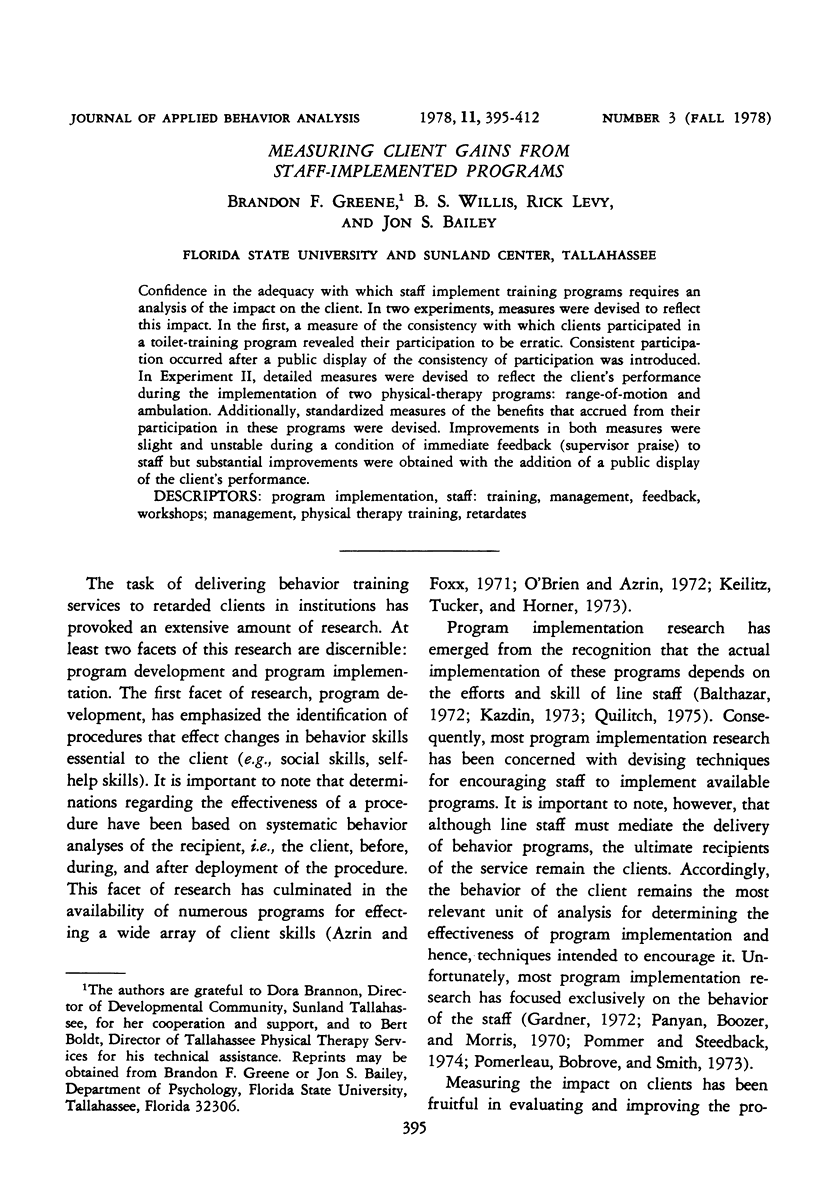
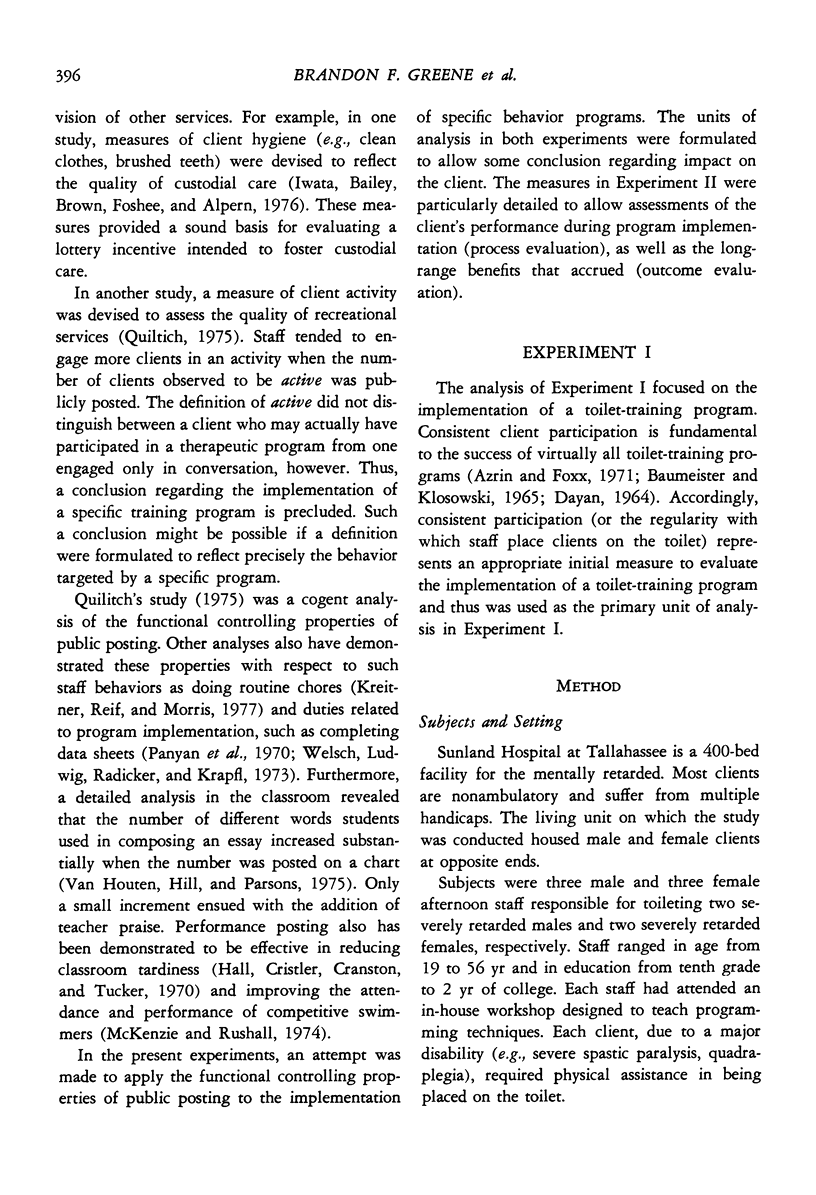
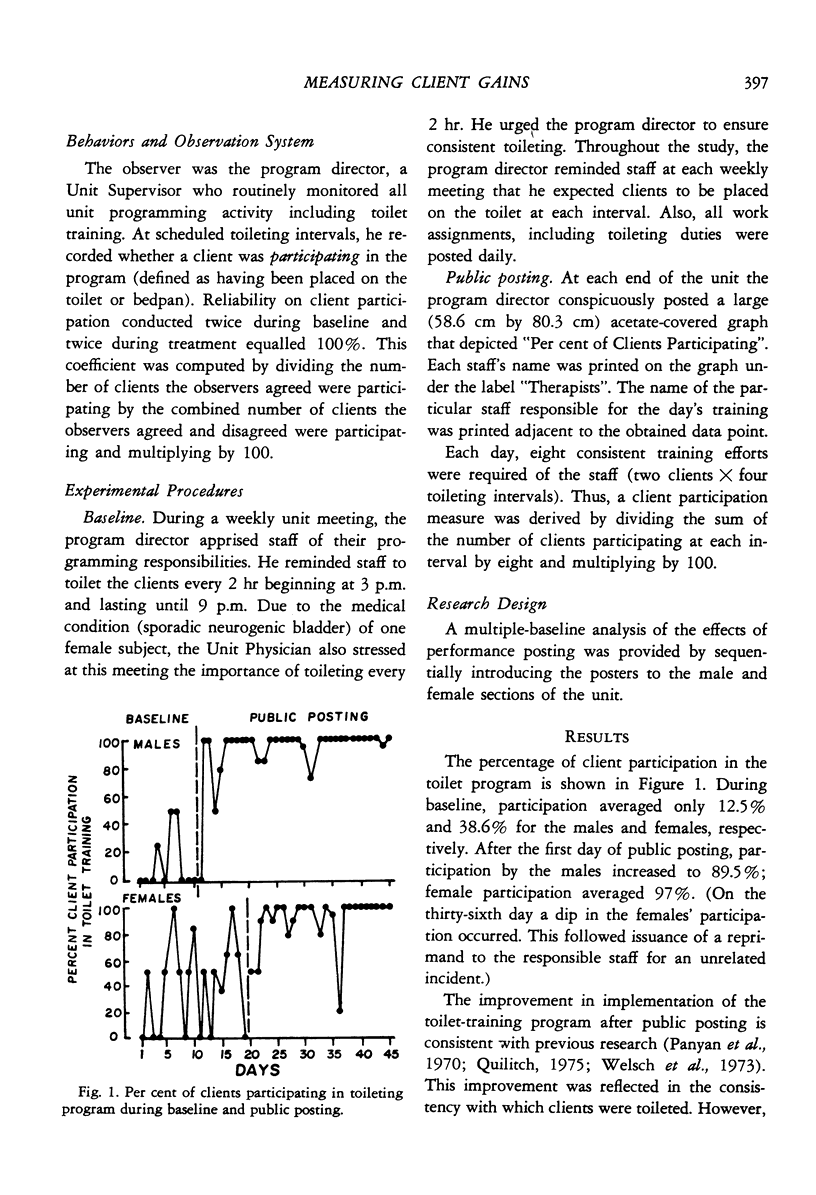
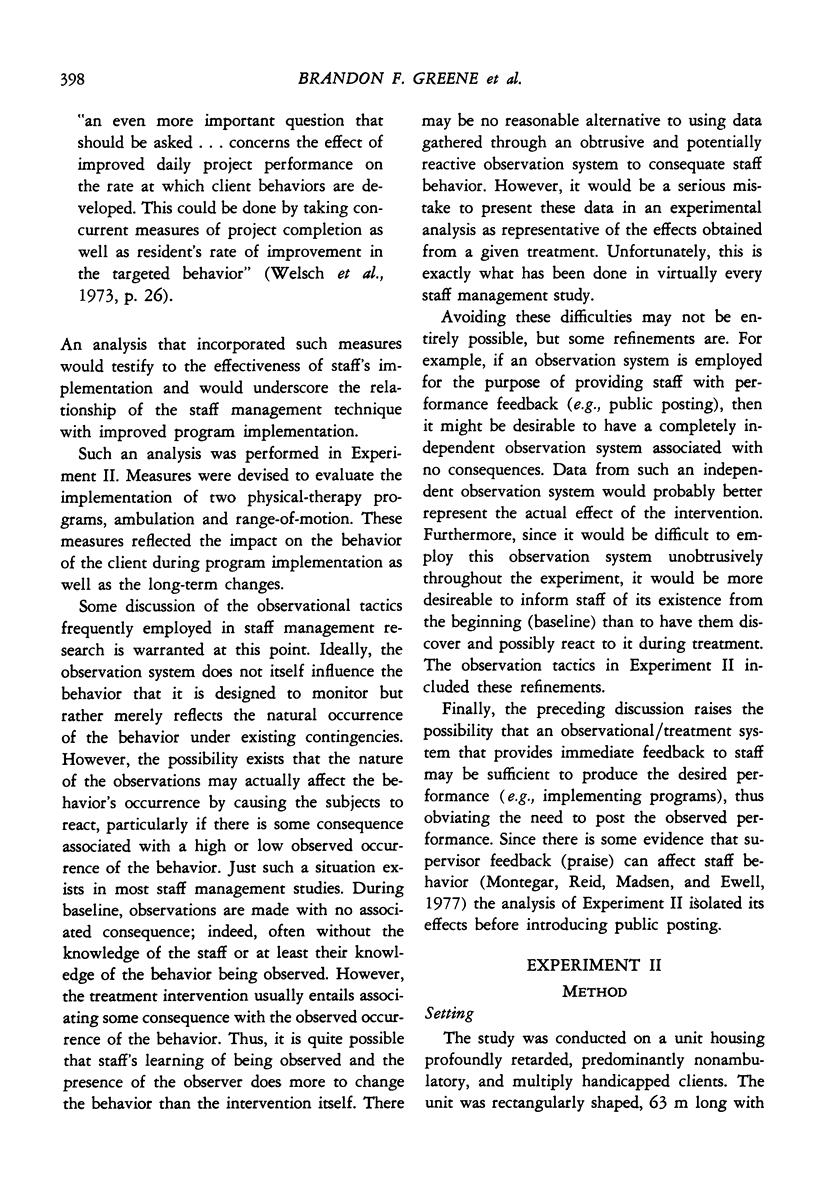
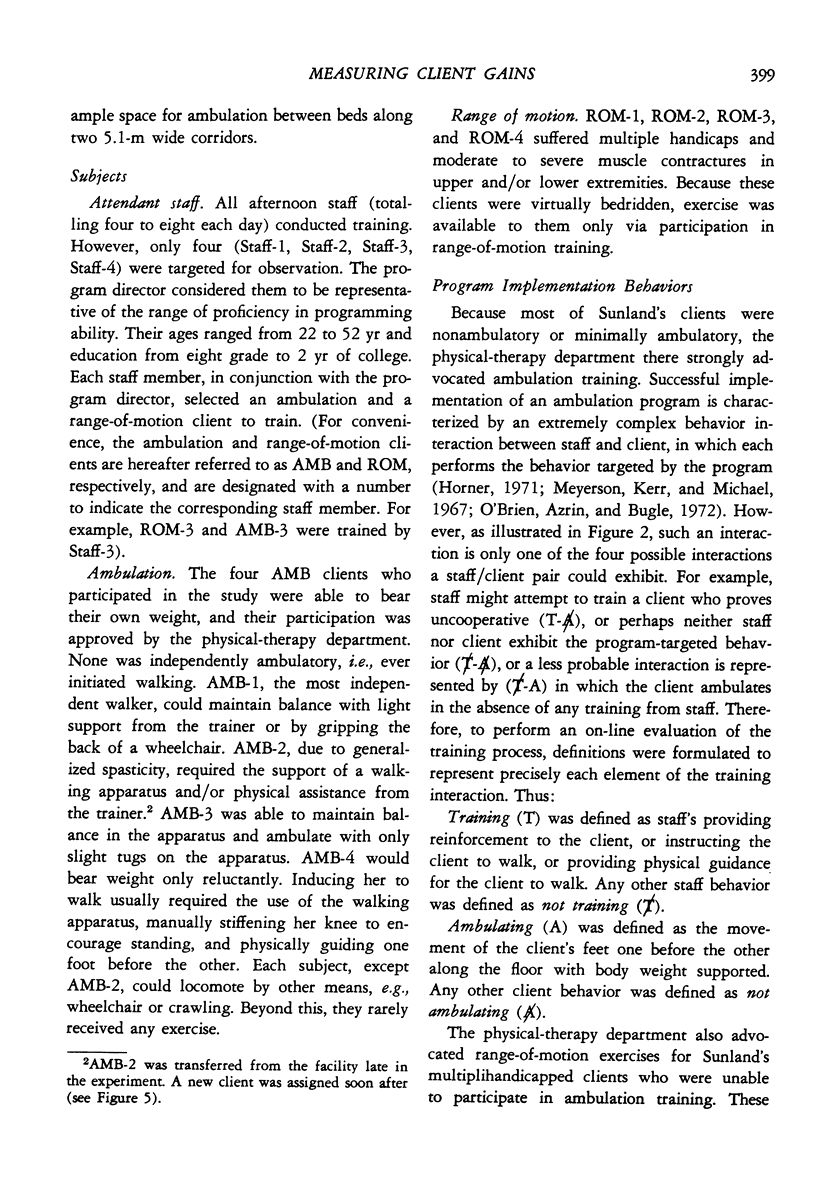
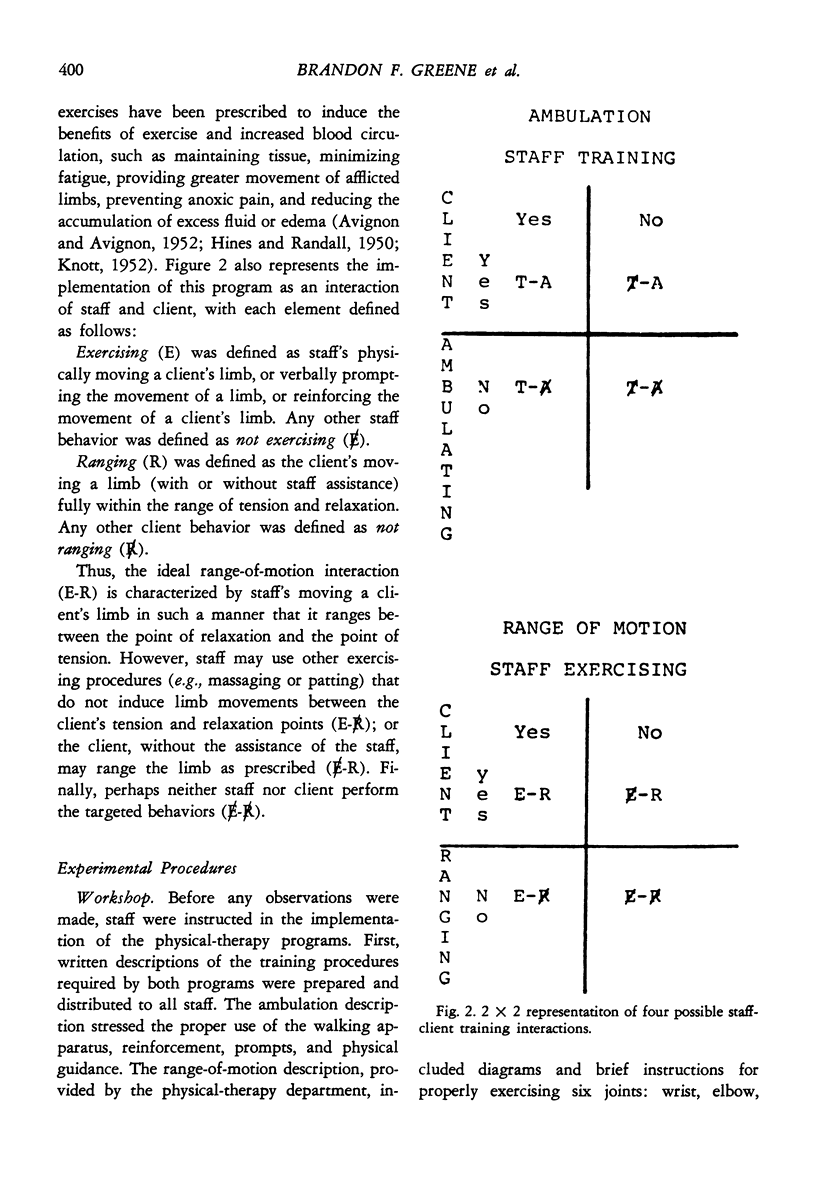
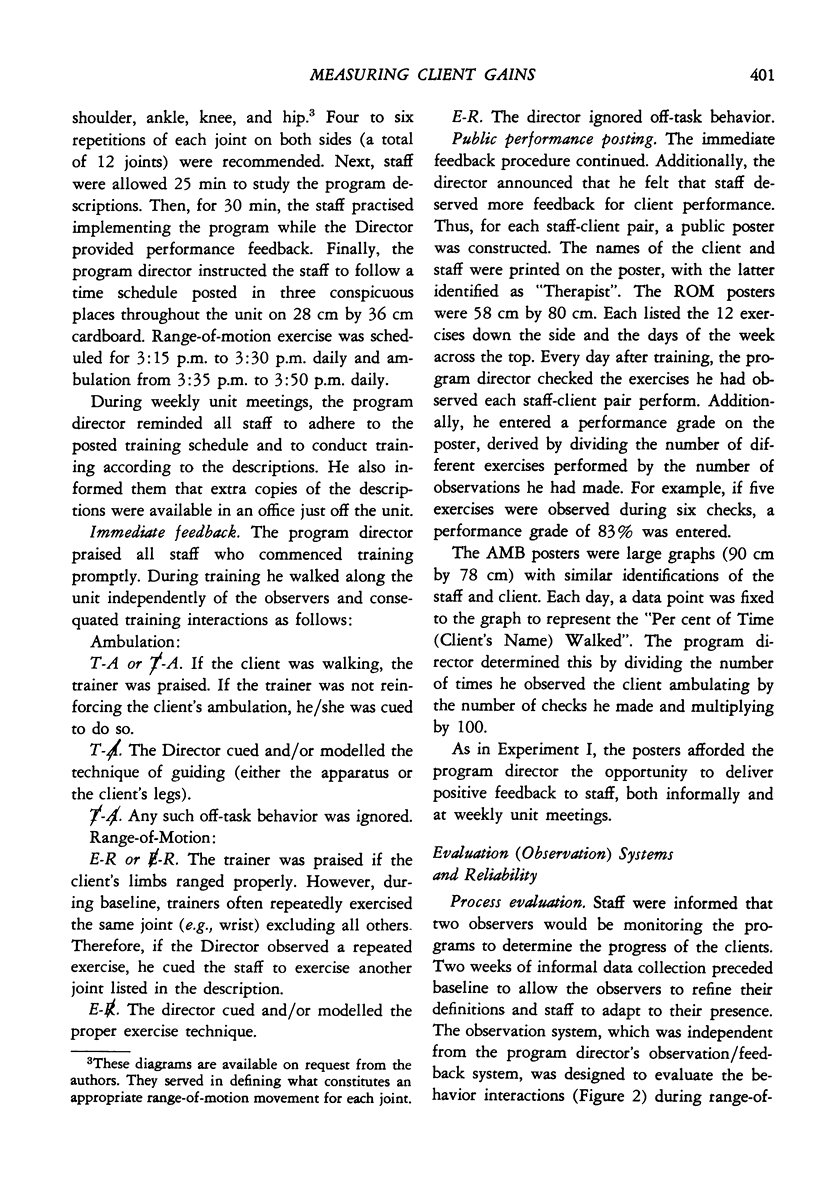
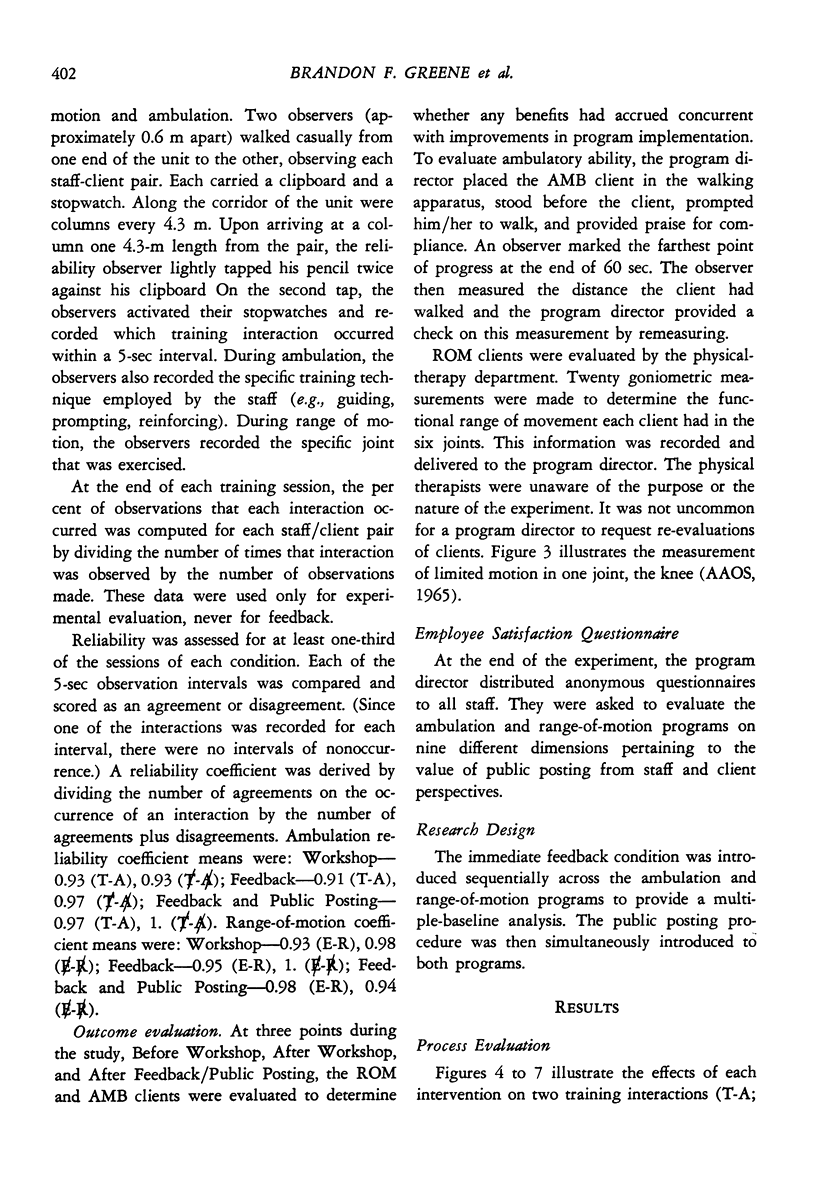
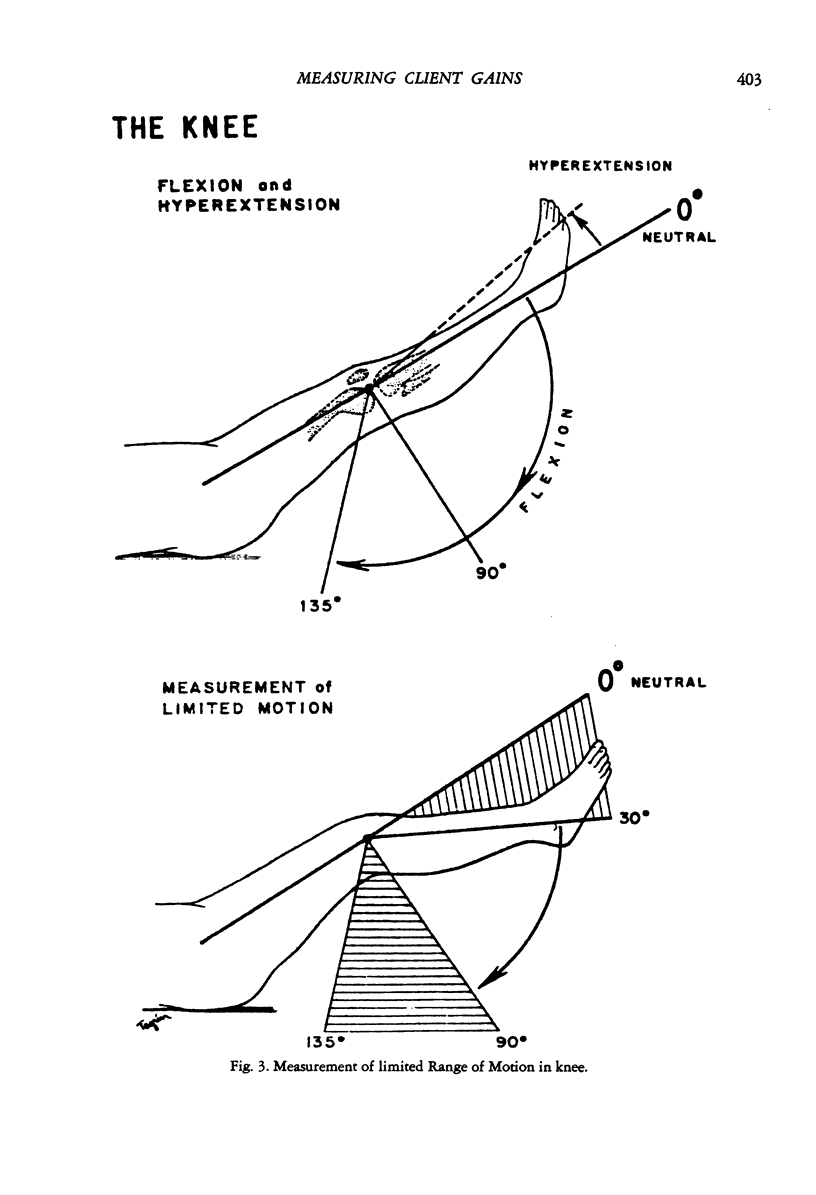
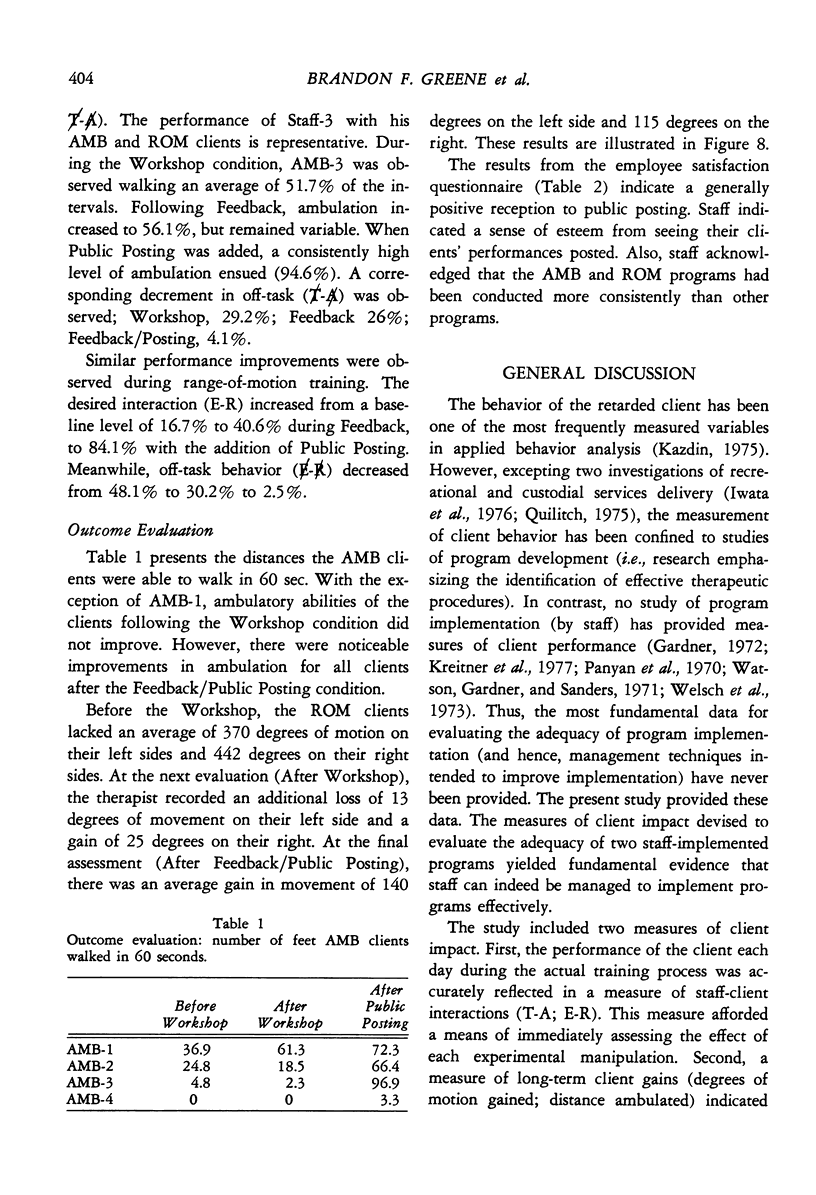
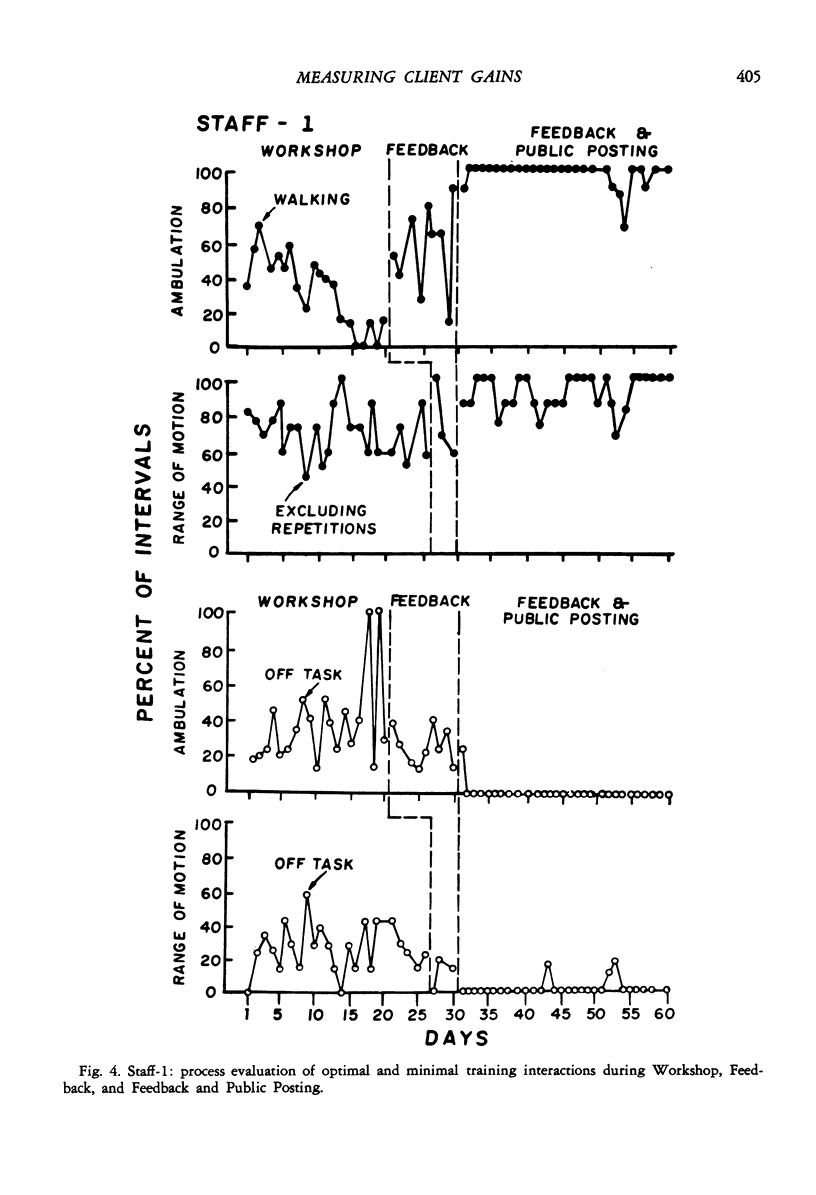
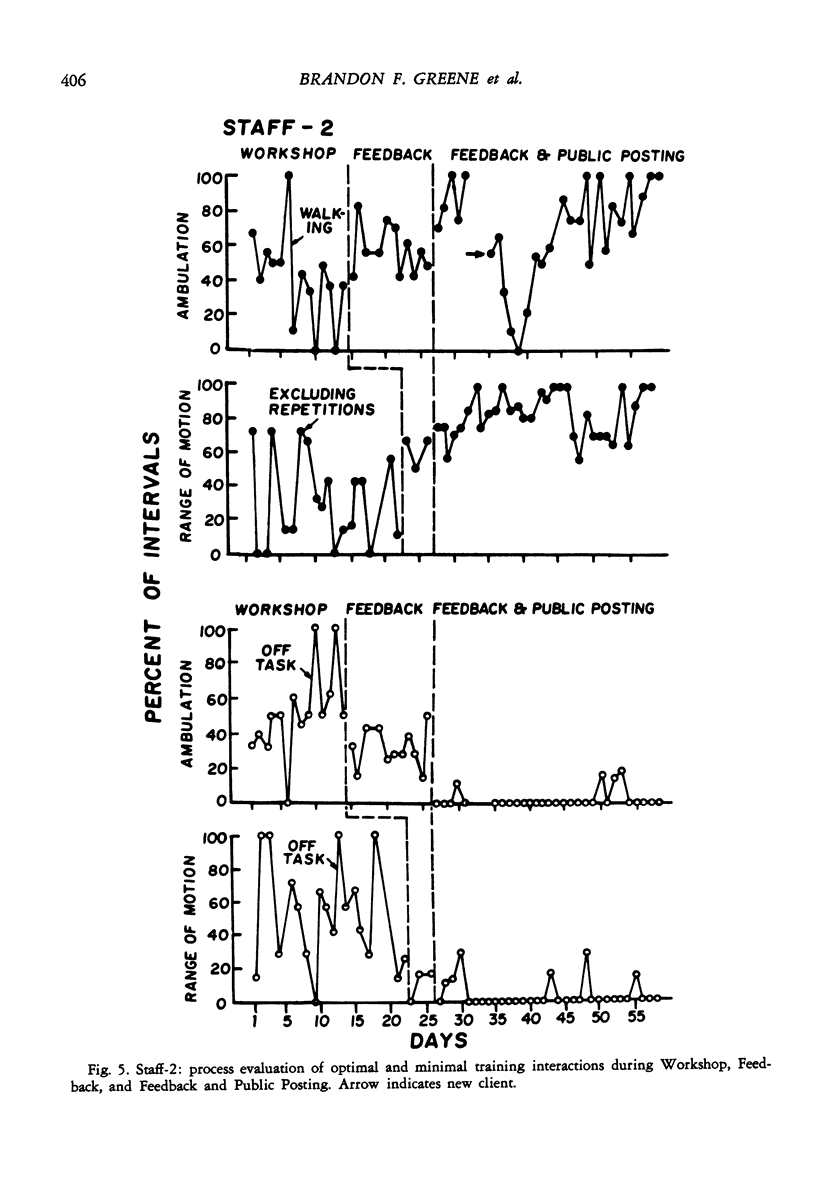
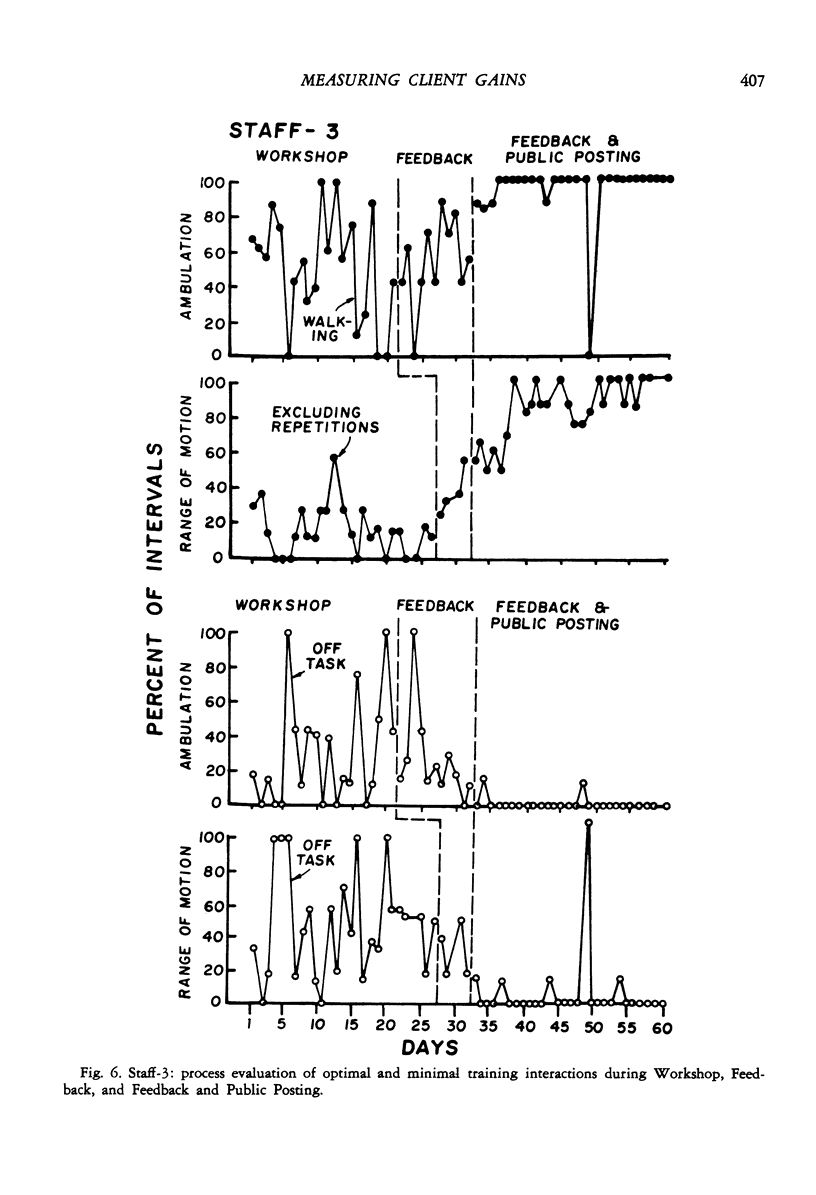
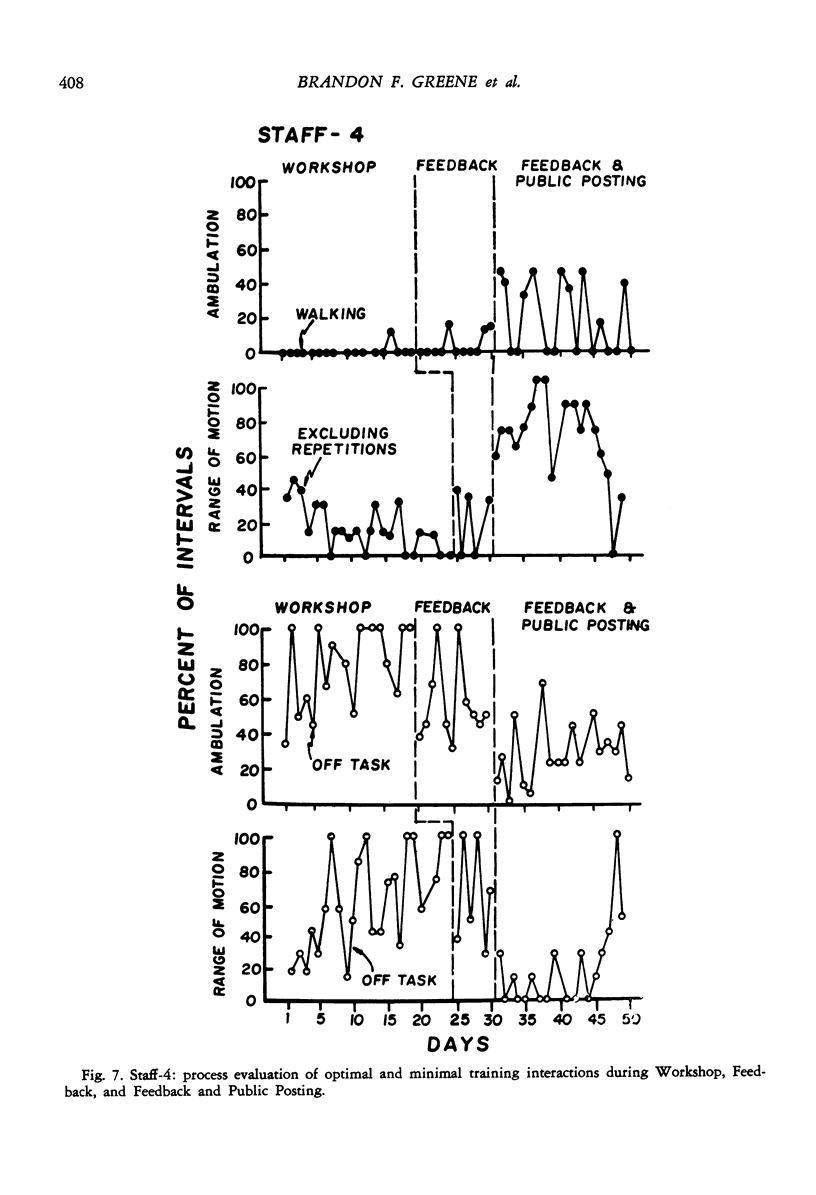
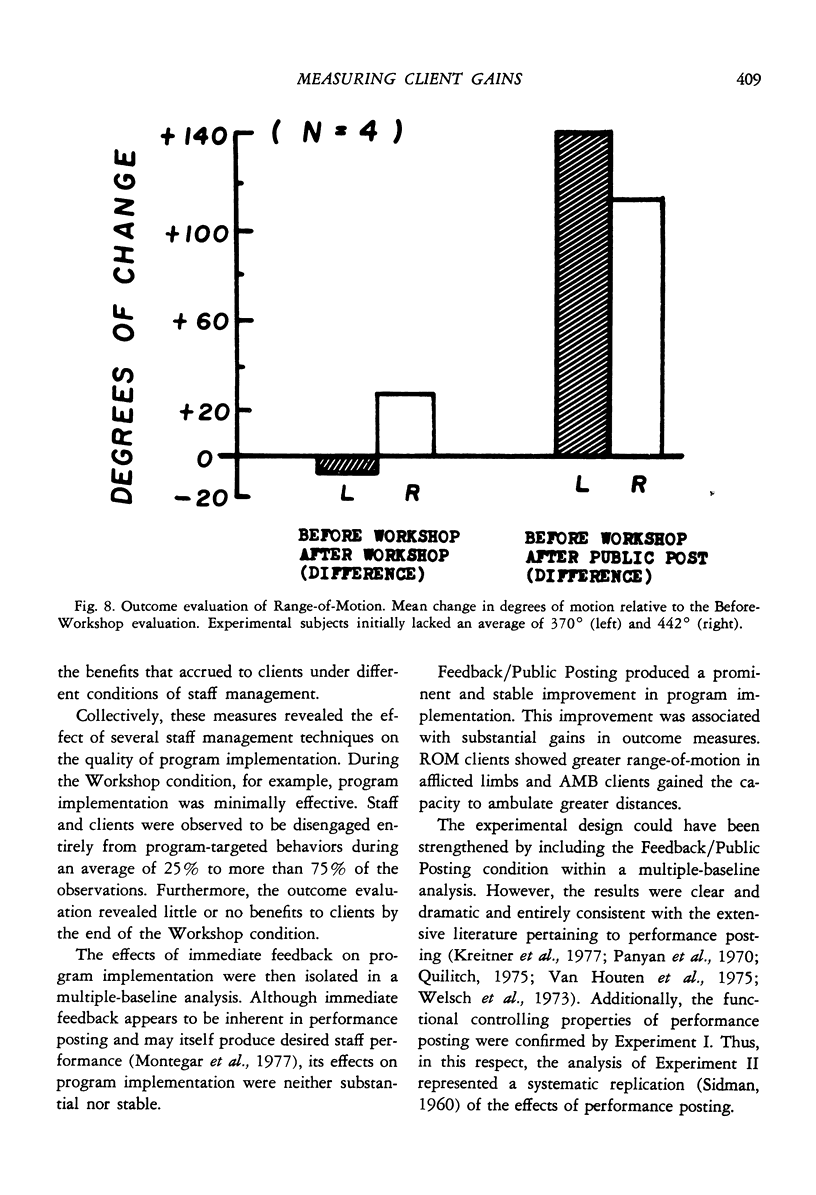
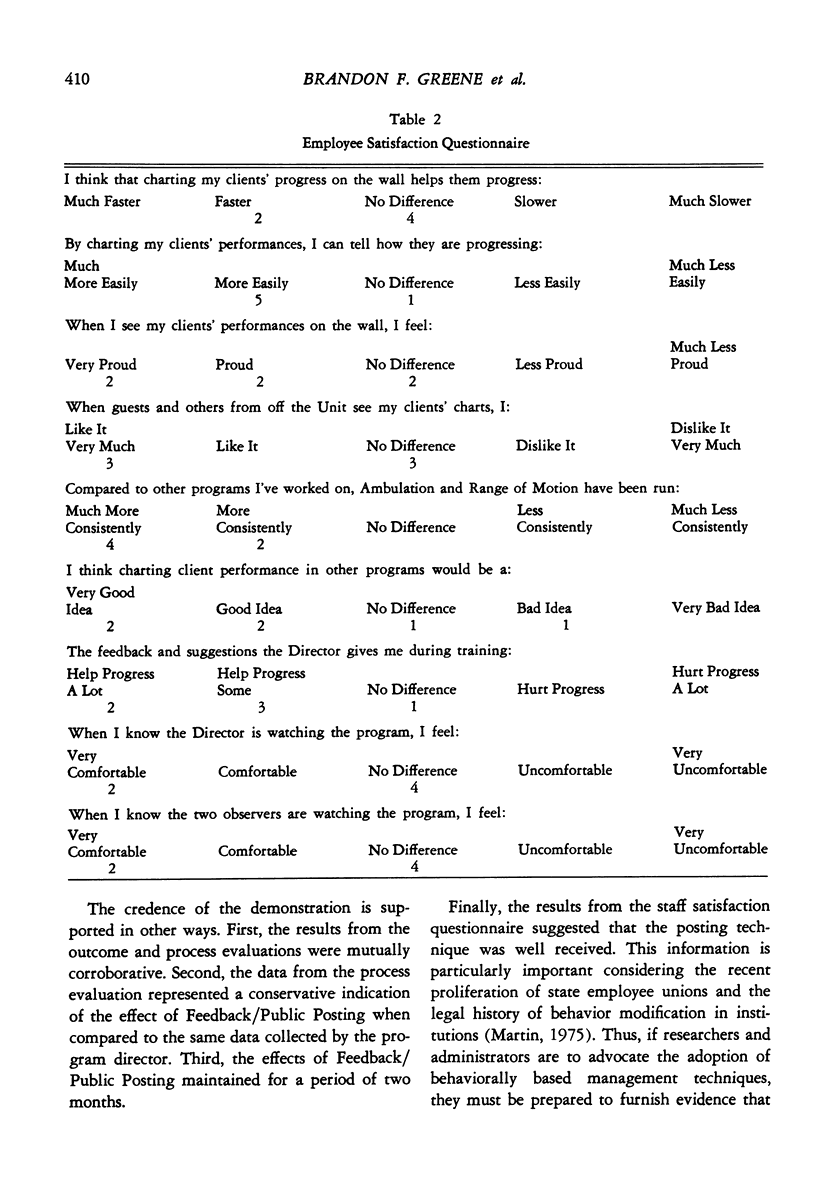
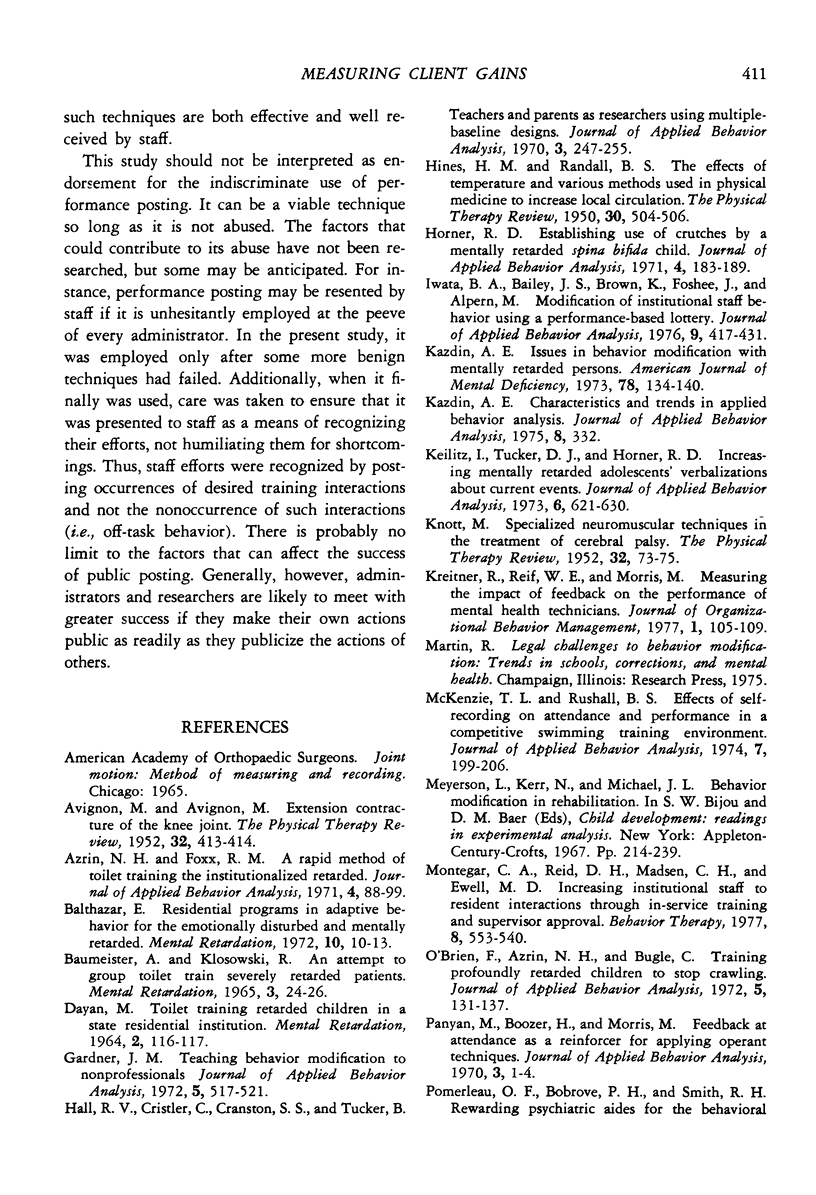
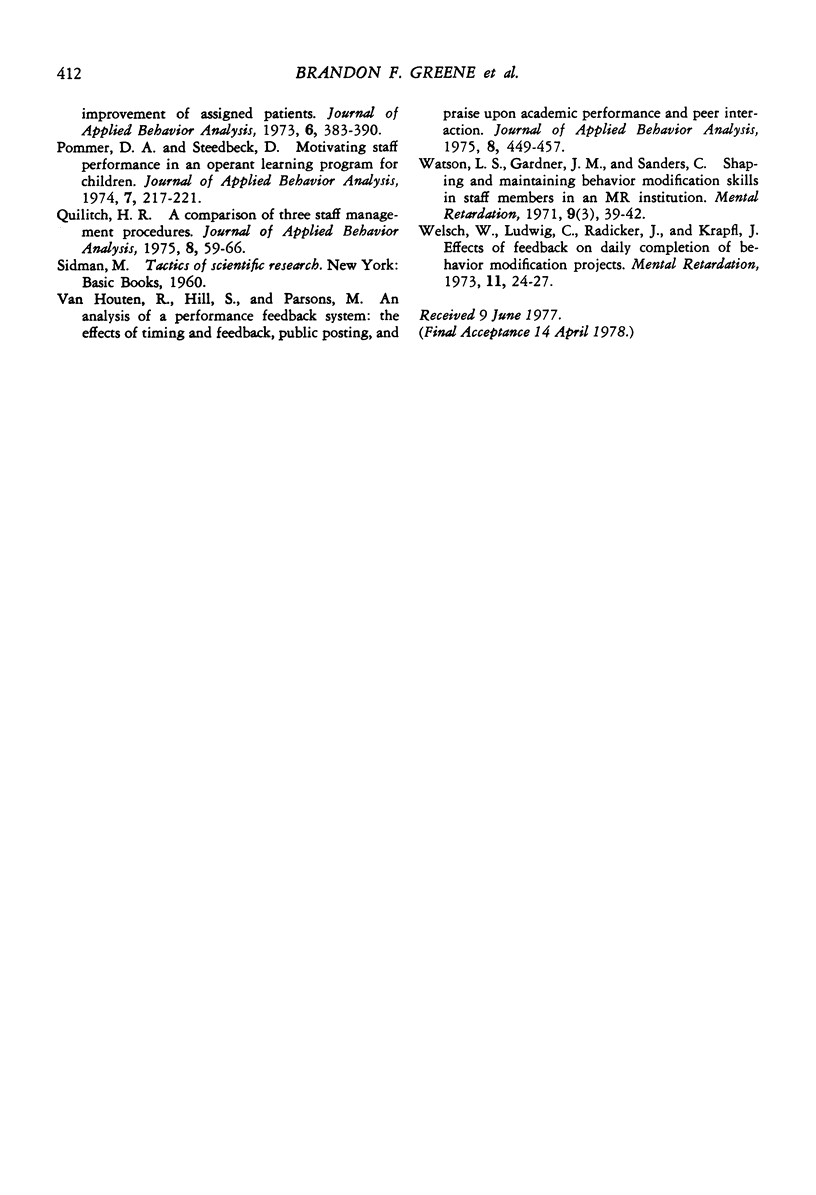
Selected References
These references are in PubMed. This may not be the complete list of references from this article.
- AVIGNON M., AVIGNON M., Jr Extension contracture of the knee joint; use of a pulsating current in stretching a painful and resistant contracture following a patella fracture. Phys Ther Rev. 1952 Aug;32(8):413–414. doi: 10.1093/ptj/32.8.413. [DOI] [PubMed] [Google Scholar]
- Balthazar E. E. Residential programs in adaptive behavior for the emotionally disturbed more severely retarded. Ment Retard. 1972 Jun;10(3):10–13. [PubMed] [Google Scholar]
- Baumeister A., Klosowski R. An attempt to group toilet train severely retarded patients. Ment Retard. 1965 Dec;3(6):24–26. [PubMed] [Google Scholar]
- DAYAN M. TOILET TRAINING RETARDED CHILDREN IN A STATE RESIDENTIAL INSTITUTION. Ment Retard. 1964 Apr;2(2):116–117. [PubMed] [Google Scholar]
- HINES H. M., RANDALL B. F. The effect of temperature and various methods used in physical medicine to increase temperature on local circulation. Phys Ther Rev. 1950 Dec;30(12):504–506. doi: 10.1093/ptj/30.12.504. [DOI] [PubMed] [Google Scholar]
- Hall R. V., Cristler C., Cranston S. S., Tucker B. Teachers and parents as researchers using multiple baseline designs. J Appl Behav Anal. 1970 Winter;3(4):247–255. doi: 10.1901/jaba.1970.3-247. [DOI] [PMC free article] [PubMed] [Google Scholar]
- Horner R. D. Establishing use of crutches by a mentally retarded spina bifida child. J Appl Behav Anal. 1971 Fall;4(3):183–189. doi: 10.1901/jaba.1971.4-183. [DOI] [PMC free article] [PubMed] [Google Scholar]
- Iwata B. A., Bailey J. S., Brown K. M., Foshee T. J., Alpern M. A performance-based lottery to improve residential care and training by institutional staff. J Appl Behav Anal. 1976 WINTER;9(4):417–431. doi: 10.1901/jaba.1976.9-417. [DOI] [PMC free article] [PubMed] [Google Scholar]
- KNOTT M. Specialized neuromuscular technics in the treatment of cerebral palsy. Phys Ther Rev. 1952 Feb;32(2):73–75. doi: 10.1093/ptj/32.2.73. [DOI] [PubMed] [Google Scholar]
- Kazdin A. E. Issues in behavior modification with mentally retarded persons. Am J Ment Defic. 1973 Sep;78(2):134–140. [PubMed] [Google Scholar]
- Keilitz I., Tucker D. J., Horner R. D. Increasing mentally retarded adolescents' verbalizations about current events. J Appl Behav Anal. 1973 Winter;6(4):621–630. doi: 10.1901/jaba.1973.6-621. [DOI] [PMC free article] [PubMed] [Google Scholar]
- McKenzie T. L., Rushall B. S. Effects of self-recording on attendance and performance in a competitive swimming training environment. J Appl Behav Anal. 1974 Summer;7(2):199–206. doi: 10.1901/jaba.1974.7-199. [DOI] [PMC free article] [PubMed] [Google Scholar]
- O'brien F., Azrin N. H., Bugle C. Training profoundly retarded children to stop crawling. J Appl Behav Anal. 1972 Summer;5(2):131–137. doi: 10.1901/jaba.1972.5-131. [DOI] [PMC free article] [PubMed] [Google Scholar]
- doi: 10.1901/jaba.1975.8-332. [DOI] [PMC free article] [Google Scholar]
- Panyan M., Boozer H., Morris N. Feedback to attendants as a reinforcer for applying operant techniques. J Appl Behav Anal. 1970 Spring;3(1):1–4. doi: 10.1901/jaba.1970.3-1. [DOI] [PMC free article] [PubMed] [Google Scholar]
- Pomerleau O. F., Bobrove P. H., Smith R. H. Rewarding psychiatric aides for the behavioral improvement of assigned patients. J Appl Behav Anal. 1973 Fall;6(3):383–390. doi: 10.1901/jaba.1973.6-383. [DOI] [PMC free article] [PubMed] [Google Scholar]
- Pommer D. A., Streedbeck D. Motivating staff performance in an operant learning program for children. J Appl Behav Anal. 1974 Summer;7(2):217–221. doi: 10.1901/jaba.1974.7-217. [DOI] [PMC free article] [PubMed] [Google Scholar]
- Quilitch H. R. A comparison of three staff-management procedures. J Appl Behav Anal. 1975 Spring;8(1):59–66. doi: 10.1901/jaba.1975.8-59. [DOI] [PMC free article] [PubMed] [Google Scholar]
- Van Houten R., Hill S., Parsons M. An analysis of a performance feedback system: the effects of timing and feedback, public posting, and praise upon academic performance and peer interaction. J Appl Behav Anal. 1975 Winter;8(4):449–457. doi: 10.1901/jaba.1975.8-449. [DOI] [PMC free article] [PubMed] [Google Scholar]
- Watson L. S., Jr, Gardner J. M., Sanders C. Shaping and maintaining behavior modification skills in staff members in an MR institution: Columbus State Institute behavior modification program. Ment Retard. 1971 Jun;9(3):39–42. [PubMed] [Google Scholar]
- Welsch W. V., Ludwig C., Radiker J. E., Krapfl J. E. Effects of feedback on daily completion of behavior modification projects. Ment Retard. 1973 Aug;11(4):24–26. [PubMed] [Google Scholar]


